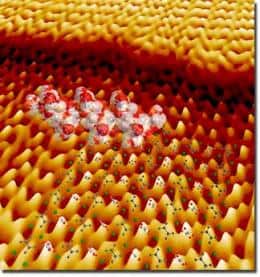Scientists use nanosensors for first time to measure cancer biomarkers in blood. From Eurekalert: New Haven, Conn.—A team led by Yale University researchers has used nanosensors to measure cancer biomarkers in whole blood for the first time. Their findings, which appear December 13 in the advanced online publication of Nature Nanotechnology, could dramatically simplify the… Continue reading Scientists use nanosensors for first time to measure cancer biomarkers in blood
